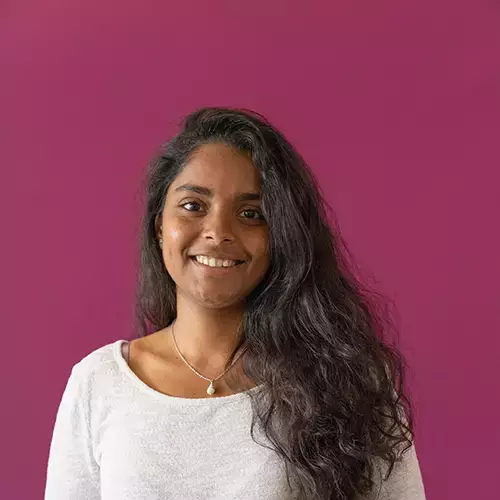Morphogenesis is the process that shapes cells and tissues during development. An interplay of biochemical cues and mechanical forces orchestrates spatiotemporal dynamics of actomyosin contractility driving cell movements and tissue deformations. In this thesis, I study the propagation of a wave of Myosin-II contractility that drives the morphogenesis of the posterior endoderm inDrosophila embryos. In the posterior-most region called the endoderm primordium, genetic patterning induces apical non-muscle Myosin-II (MyoII) contractility and tissue invagination via expression/secretion of the ligand Fog and G-protein coupled receptor (GPCR) induced Rho signalling. Endoderm invagination is followed by a wave of MyoII activation that travels anteriorly inducing further invagination and tissue movement. This MyoII wave is regulated by a mechanochemical 3D cycle of cell deformations involving integrin-based cell adhesion to the overlying vitelline membrane, integrin-mediated activation of MyoII and subsequent cell detachment. In this thesis, I address whether Fog/GPCR signalling is required for MyoII activation and sustained wave propagation and how Fog/GPCR signalling sets the length scale of MyoII activity. I demonstrate that Fog-induced GPCR signalling is required for MyoII activation and cell invagination during wave propagation. My work shows that Fog extracellular diffusion from its source in the primordium into the target propagation zone is required for MyoII wave propagation. Modulating either Fog production in the primordium or its removal from the neighbouring tissue affects the amplitude and the length scale of an exponential gradient of MyoII activity during wave propagation. These findings are consistent with Fog functioning akin to a morphogen activating MyoII at a distance. Strikingly, however, I find that an endogenous Fog tagged with YFP is distributed uniformly in the extracellular space (and not graded as expected for a morphogen), indicating that other factors/inputs are required for setting the shape of the MyoII activity gradient. I demonstrate that a cell surface gradient of receptor-bound Fog is set up dynamically during wave propagation, tuned by receptor availability. In addition to receptor availability and binding, I find that integrins are epistatic to Fog signalling to regulate the amplitude and length scale of the MyoII activity gradient. Altogether, my thesis work illustrates that receptor dynamics and integrin-adhesion regulate the mechanochemical propagation of a self-organized morphogenetic wave of graded MyoII activity.
